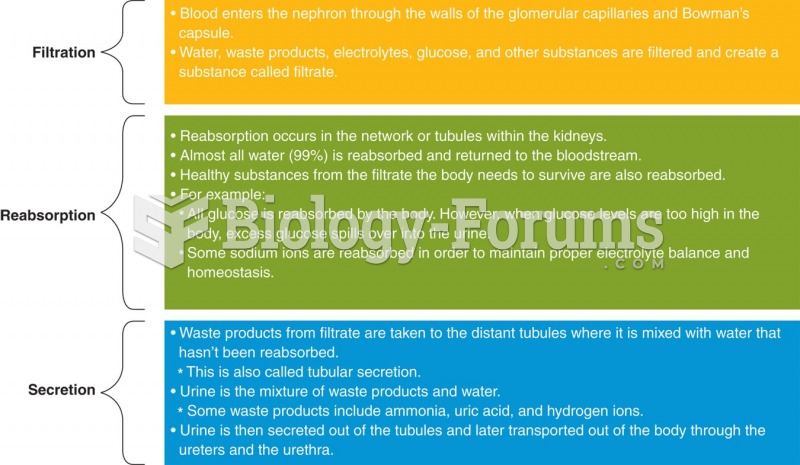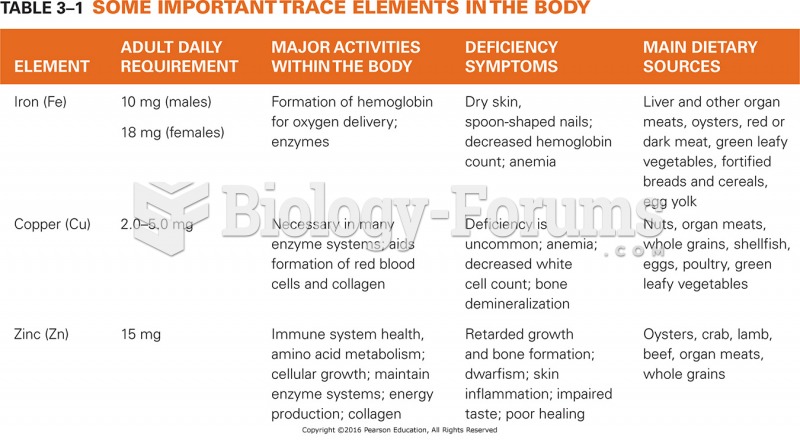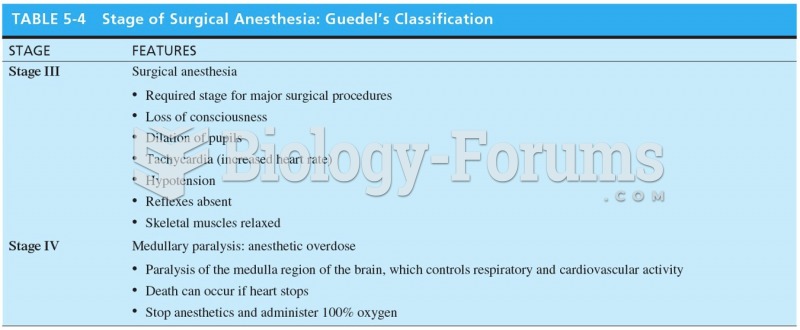Answer to Question 1
Answer: D
Explanation: D) Body language is crucial at this point. Stand or sit up straight, maintain regular but natural eye contact, and don't fidget. When the interviewer extends a hand, respond with a firm but not overpowering handshake. Repeat the interviewer's name when you're introduced (It's a pleasure to meet you, Ms. Litton). Wait until you're asked to be seated or the interviewer has taken a seat. Let the interviewer start the discussion, and be ready to answer one or two substantial questions right away.
Answer to Question 2
Answer: Competence and confidence are the foundation of your interviewing style, and you can enhance them by giving the interviewer an impression of poise, good manners, and good judgment. In addition to reviewing your answers, evaluate your nonverbal behavior, including your posture, eye contact, facial expressions, and hand gestures and movements. Do you come across as alert and upbeat or passive and withdrawn? Pay close attention to your speaking voice as well. If you tend to speak in a monotone, for instance, practice speaking in a livelier style, with more inflection and emphasis. And watch out for filler words such as uh and um. Many people start sentences with a filler without being conscious of doing so. Clothing and grooming are important elements of preparation because they reveal something about a candidate's personality, professionalism, and ability to sense the unspoken rules of a situation. Professional appearance includes a neat, adult hairstyle, limited jewelry, no visible piercings other than one or two earrings (for women only) and no visible tattoos. For more formal environments, a conservative business suit (for women, that means no exposed midriffs, short skirts, or plunging necklines) in dark solid color or a subtle pattern such as pinstripes; white shirt and understated tie for men; coordinated blouse for women. For less formal environments, smart-looking business casual, is appropriate, including a pressed shirt or blouse and nice slacks or a skirt.
Shoes should be stylish but professional-looking (no extreme high heels or casual shoes), hands should be cleaned with trimmed fingernails, and avoid wearing perfume, cologne or aftershave. Makeup for women should be subtle and all candidates should practice exemplary personal hygiene.







